When preparing an excavation for any construction project, it’s important to ensure that the earth is properly backfilled and any spoil disposed of. However, doing this one job incorrectly can have a major impact on the accuracy of other activities in the future. This article shares some tips that may help you backfill an area more successfully.
Knowing how to properly backfill an excavation will ensure that every last bit of soil is gathered up and placed in its proper place. If you’re planning a future project in which you will be excavating, make sure that you have the right knowledge going into it. Read on to learn more!
Be Specific When Detailing Your Excavation Plans
When it comes to backfilling an excavated area, specificity is key. Before you even begin the excavation process, you should have a clear understanding of what you're trying to achieve.
This means having a detailed plan that outlines the purpose of the excavation, the desired outcome, and any specific requirements or considerations. One of the most important aspects of detailing your excavation plans is accurately measuring the dimensions of the area to be excavated. This will help you determine the amount of backfill material required. Take the time to carefully measure the length, width, and depth of the excavation, ensuring that your calculations are accurate. Additionally, consider any potential obstacles or challenges that may arise during the backfilling process. Are there any underground utilities or structures that need to be taken into account? Will there be any access restrictions that may affect the delivery of backfill materials? By addressing these issues in your excavation plans, you can avoid potential complications down the line. Overall, being specific when detailing your excavation plans will set you up for success when it comes to backfilling.
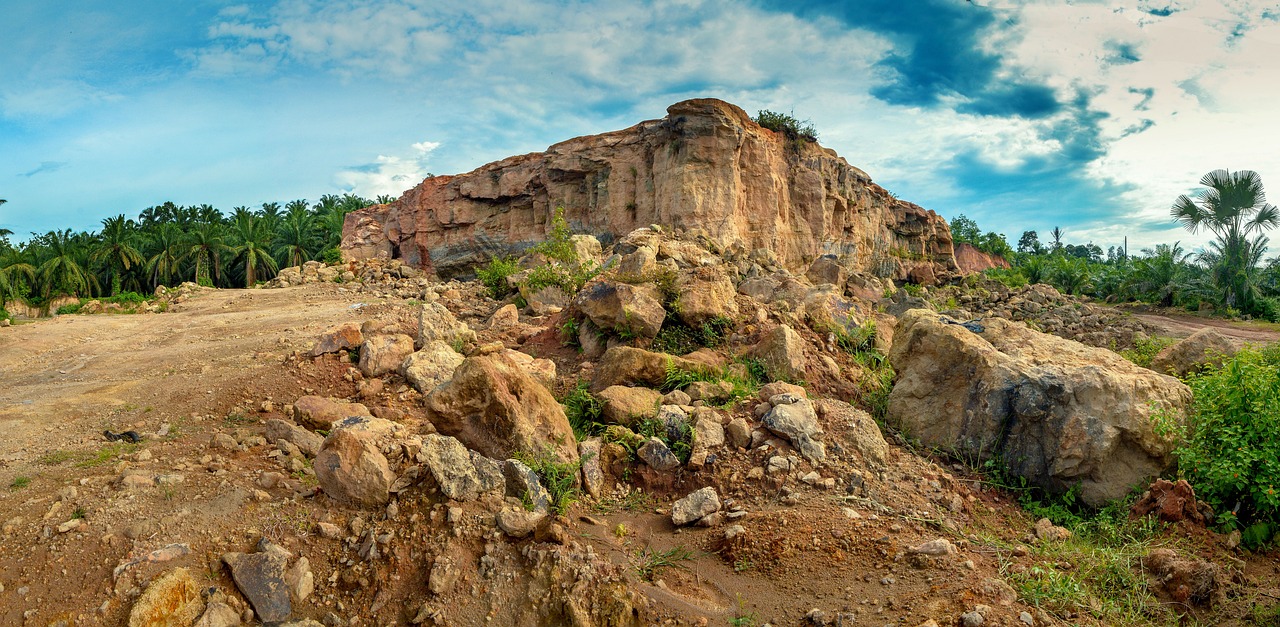
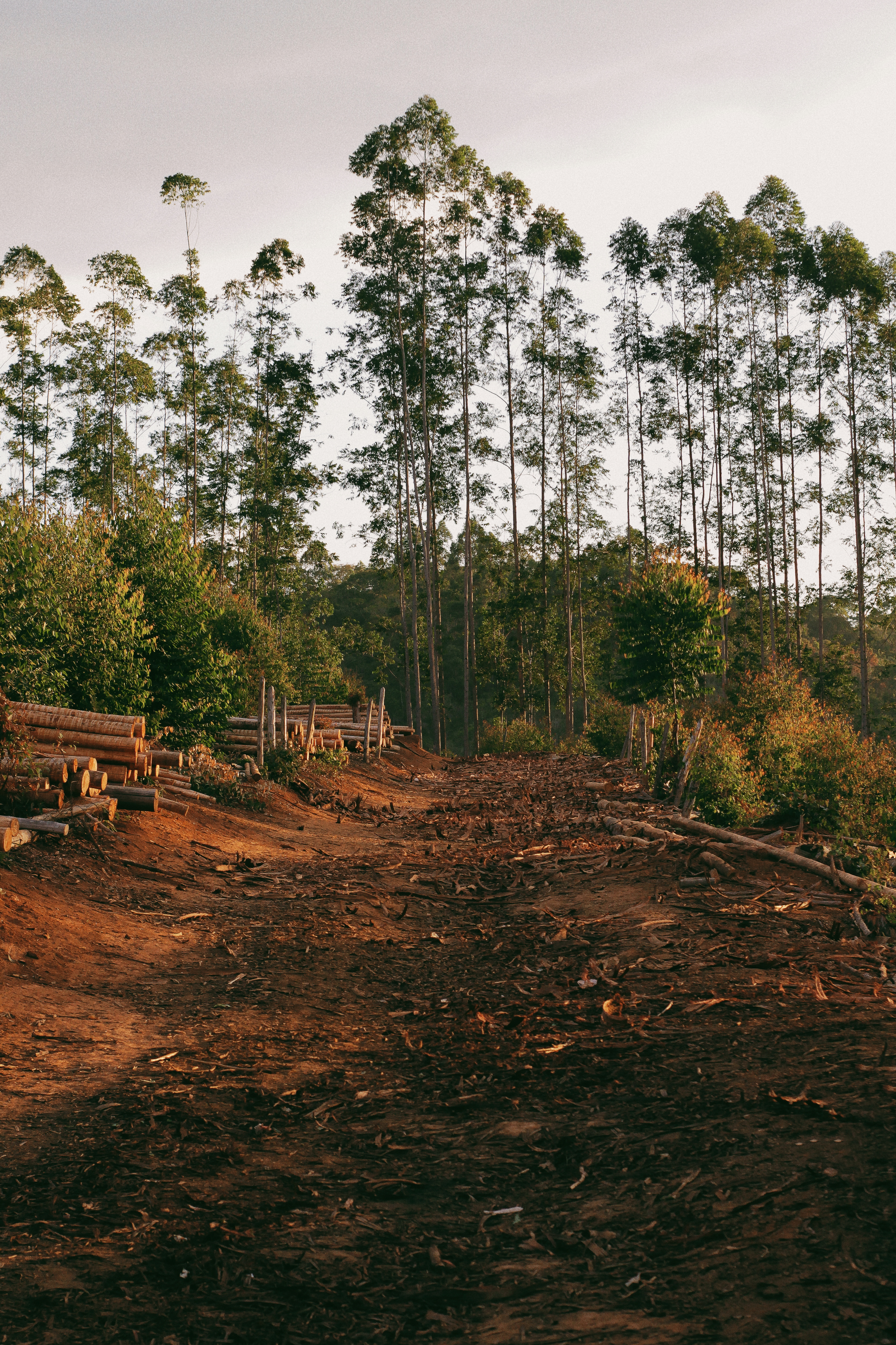
By having a clear understanding of your goals and requirements, you can ensure that the backfilling process is carried out efficiently and effectively.
Keep a Record of the Soils Contained in Your Excavation
Understanding the composition of the soil in your excavation is crucial when it comes to backfilling. Different types of soil have varying characteristics, which can impact the stability and compaction of the backfill.
It's important to keep a record of the soils that are contained within your excavation. This can be done by conducting soil tests and analysis before and during the excavation process. By knowing the specific properties of the soil, such as its moisture content, density, and compaction characteristics, you can make informed decisions about the type and quantity of backfill material to use.
In some cases, the excavated soil may be suitable for backfilling, while in others, it may need to be replaced with a different type of material.

For example, if the excavated soil is too loose or contains excessive moisture, it may not provide the necessary stability and compaction required for proper backfilling. In such cases, it may be necessary to import suitable backfill material from external sources.
By keeping a record of the soils contained in your excavation, you can ensure that the backfill material used is compatible with the excavated soil. This will help prevent issues such as differential settlement or soil erosion, which can compromise the integrity of the construction above.
Usage Only Recommended Backfill Materials
Choosing the right backfill material is essential for ensuring the long-term stability and integrity of the excavated area. Using unsuitable or poor-quality backfill material can lead to numerous problems, including poor compaction, settling, and even structural failure.
When selecting backfill materials, it's important to consult with industry experts or engineers who have experience in the specific type of construction you're working on.
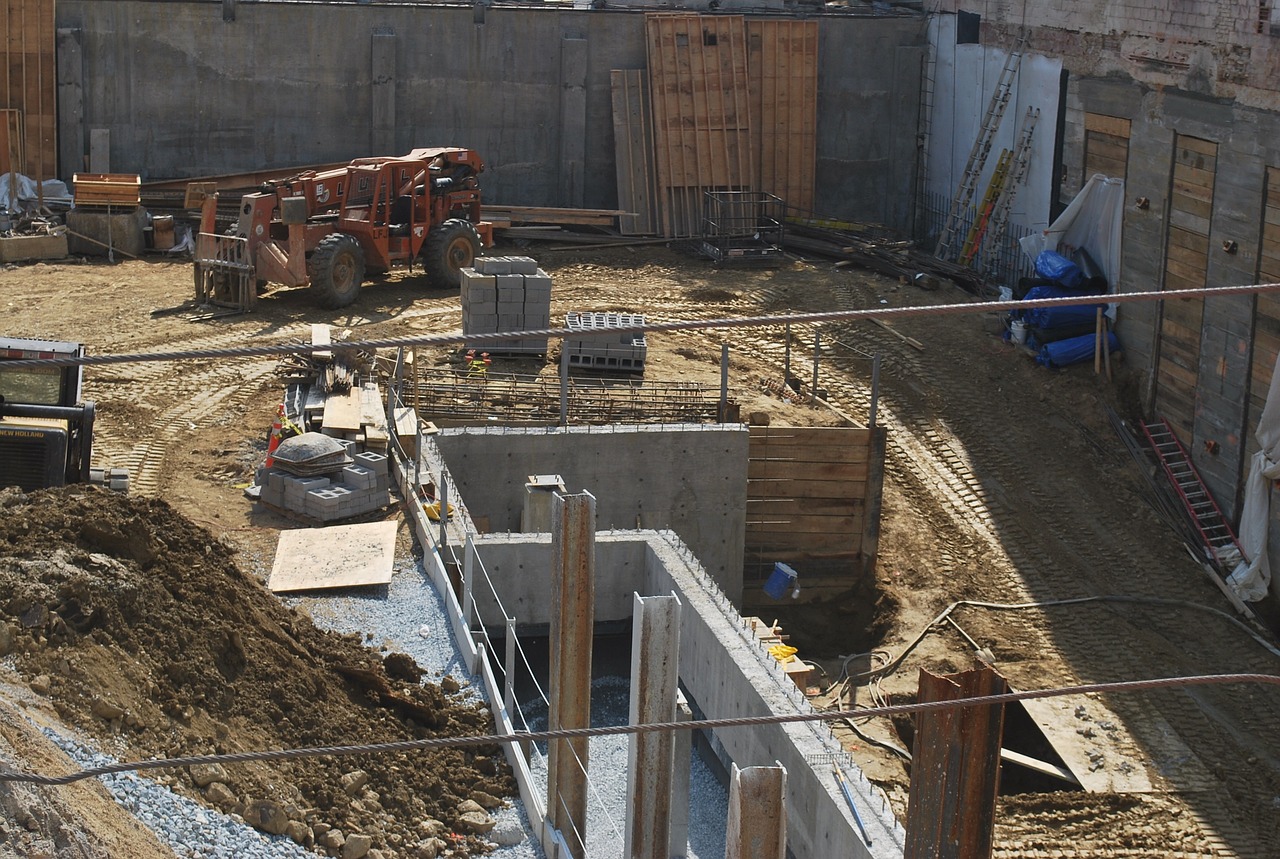
They can provide recommendations based on the soil conditions, load requirements, and other relevant factors.
In general, granular materials such as crushed stone, gravel, or sand are commonly used for backfilling. These materials offer good compaction properties and drainage capabilities, which are essential for maintaining the stability of the excavated area. However, the specific type and gradation of backfill material may vary depending on the project requirements.
It's important to note that using organic materials, such as topsoil or compost, as backfill is generally not recommended. These materials can decompose over time, leading to settlement and potential damage to the surrounding structures.
By using only recommended backfill materials, you can ensure that the excavated area is properly supported and able to withstand the anticipated loads. This will contribute to the overall success and longevity of your construction project.
Make Sure Any New Construction Is Built to Match Existing Soil Conditions and Needs
When backfilling an excavated area, it's essential to consider the compatibility between the newly constructed elements and the existing soil conditions.
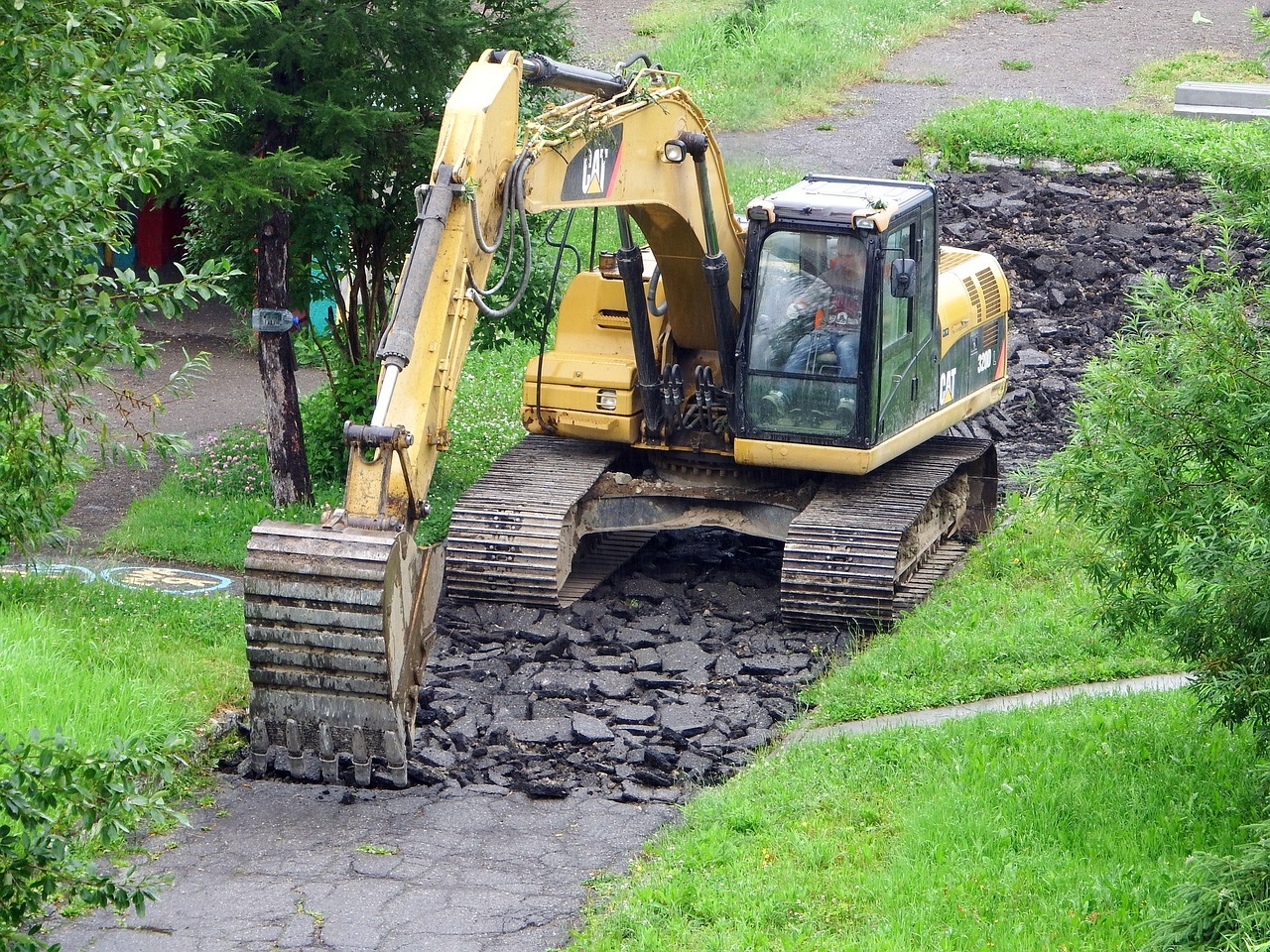
Failure to do so can result in differential settlement, which can lead to structural damage and costly repairs.
Before constructing any new elements, such as foundations or retaining walls, it's important to assess the soil conditions and determine the appropriate design and construction techniques. This may involve conducting additional soil tests, consulting with geotechnical engineers, or implementing specific foundation design measures.
In some cases, additional measures may be required to improve the stability and load-bearing capacity of the soil. This can include techniques such as soil stabilization or ground improvement, which aim to enhance the soil properties and mitigate potential settlement issues.
By ensuring that any new construction is built to match the existing soil conditions and needs, you can minimize the risk of settlement-related problems and ensure the long-term stability of the excavated area.
Bottom Line
Properly backfilling an excavated area is a critical step in any construction project.
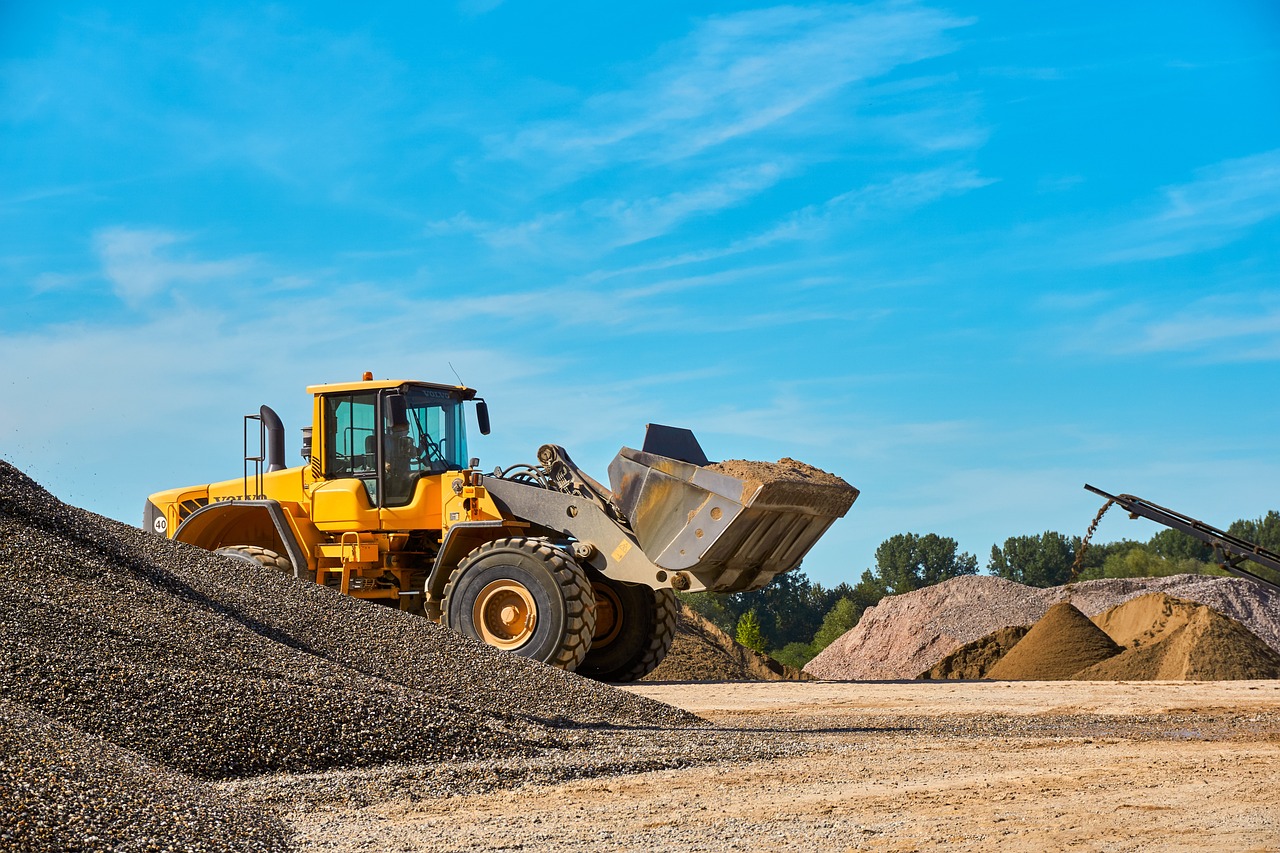
By following the tips outlined in this article, you can ensure that the backfilling process is carried out effectively and efficiently, minimizing the risk of future complications.
Remember to be specific when detailing your excavation plans, keeping a record of the soils contained in your excavation, and using only recommended backfill materials. Additionally, make sure any new construction is built to match the existing soil conditions and needs.
By taking these steps, you can ensure that your excavation and backfilling efforts contribute to the overall success and longevity of your construction project.
We hope that you found our blog article helpful in understanding the importance and the process of backfilling an excavation site. It might seem like a complex process and it truly is; it requires specialized knowledge, experience, and precision. That's why you need experts like us, Gonzalez and Son Excavating.
Based in and operating around Cambridge, NY, Hoosick Falls, NY, Greenwich, NY, Manchester, VT, Arlington, VT, and Bennington, VT, our team is comprised of industry veterans who are well-versed in the ins and outs of excavation and backfilling.
From detailing excavation plans, conducting soil tests, recommending backfill materials, to ensuring the stability and integrity of your construction project, we at Gonzalez and Son Excavating have got you covered. We use our experience to help you avoid potential pitfalls and ensure your construction project is successful and stands the test of time.
So, why take the risk and stress of doing it yourself when you can have professionals handle it for you? Let Gonzalez and Son Excavating bring their expertise to your project.
Give us a call today at (518) 855-3344, and let’s turn that construction project into a reality, while you enjoy peace of mind, knowing that it's in the hands of experts who care!
Remember, every construction project deserves a solid foundation. And we're here to help provide just that. Contact Gonzalez and Son Excavating today - where precision, knowledge, and quality come together for your construction needs.
 Add Row
Add Row  Add
Add 



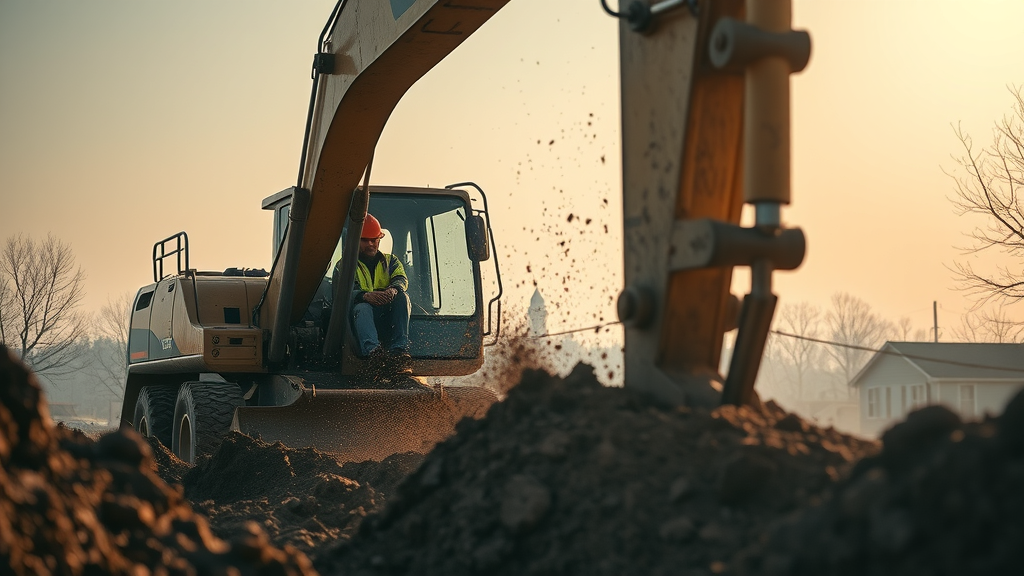
Write A Comment